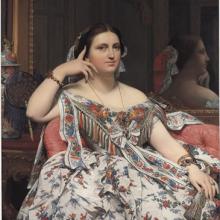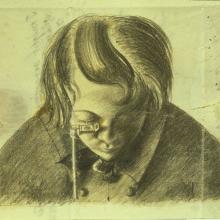For the past decade, historians of science and art have noted points of intersection between scientific and artistic ways of rendering the natural world in images. Renaissance anatomists and artists collaborated on innovative studies of the human body; illustrated flora became as important to Enlightenment classification projects in botany as herbaria and botanical gardens; for nineteenth-century geologists and zoologists, learning to draw was a necessary training for learning to observe; contemporary computer techniques for visualizing genetic or astronomical data create images that artists have turned to their own purposes. However, because historians of science and art have traditionally analyzed different kinds of images, and from different disciplinary perspectives, there has been little sustained discussion about how to develop a shared vocabulary that does justice both to the epistemological and aesthetic content of images that straddle art and science. The purpose of the research group was to bring historians of art and science together who worked on images ranging from Renaissance anatomical illustrations to astro-photography to computer graphics in order to explore the interaction of the visual and the conceptual.
Umbrella Research Theme
(2001-2003)


